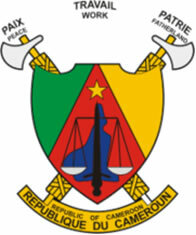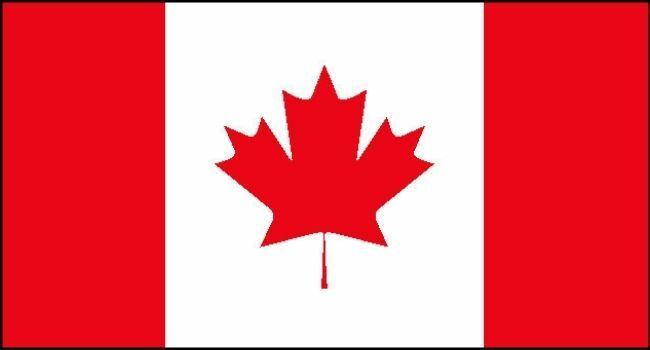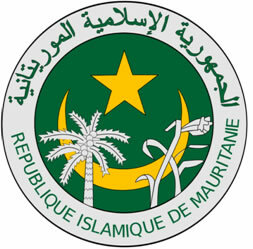With a territorial extension of approximately 30.2 million square kilometers and a population of 1,008,500 inhabitants, Africa is the third largest continent and the second most populous. According to data released in 2010 by the United Nations (UN), this region of the planet registers the worst Human Development Index (HDI).
The news, newspapers, magazines and even some textbooks highlight only the socioeconomic problems of this continent: low life expectancy, disease, malnutrition, ethnic-separatist conflicts, poverty, among other factors negative. This information leads the population to a biased analysis, prevailing aspects that denigrate the image of the African continent.
The aim is not to “camouflage” the social, political and economic problems that exist in Africa, but rather to highlight another face of the continent that is rarely commented upon, encouraging people to study the history, to know the natural beauties, to respect the ethnic and cultural diversity of this rich continent, thus providing a subsidy to break with some paradigms about the Africa.
In this sense, writers Virgínia Maria Yunes and Maria Isabel Leite, through Editora Evoluir Cultural, produced excellent material about an African country: Guinea-Bissau. The book, called Cartas entre Marias: a trip to Guinea-Bissau, has beautiful photos (taken by Virgínia Maria Yunes) and emphasizes the cultural plurality and daily life of the country covered.
The book tells the story of two friends (Ana Maria and Maria Cristina) who live in Florianópolis, capital of Santa Catarina. The father of one of the characters needs to carry out work in a village in Guinea-Bissau, and takes the whole family to the African country. From that moment on, the exchanges of letters between the two friends began, with a description of some cultural elements of Guinea-Bissau.
This material is a great contribution to breaking the prejudice about Africa, demystifying the generalized conception of misery and poverty on that continent. In order to obtain more information about the production and purpose of the book, we conducted an interview with Maria Isabel Leite:
- Virgínia Maria Yunes, one of the writers of the book, has photographed several countries around the world, especially in Africa and South America. Why did you choose an African country to write the book Cartas entre Marias?
The choice of a country in Africa as the stage for the first book of correspondence between the Marias (since we hope there will be others) if he gave it due to the wealth of material we had to make it in a serious and informative way, without losing its aesthetic and poetic dimension.
- Is the choice of Guinea-Bissau due to the fact that the country, like Brazil, has Portuguese as its official language?
Not necessarily, although it was wonderful to be able to read the book and debate it before to go to the printer, with people from Guinea-Bissau. We would like the book to be circulated there too.
- Most news about Africa addresses the continent's socioeconomic problems. According to a report released in 2010 by the United Nations (UN), Guinea-Bissau has the sixth worst Human Development Index (HDI). Therefore, what motivated the elaboration of a book with an approach that highlighted more the cultural aspects, rather than the economic ones?
Do not stop now... There's more after the advertising ;)
Exactly that same reason. The economic indices end up bringing in tow, a paternalistic discourse or a stereotyped image of the place, always underlined by its needs and lacks. We wanted to reverse this movement and highlight its strengths – potential for beauty, culture, diversity.
- Is the use of letters for communication between the two friends (Ana Maria and Maria Cristina) a sign that Guinea-Bissau is inserted on a smaller scale in the globalization process?
Absolutely. It was an aesthetic and poetic option, which aimed to awaken in readers another displacement, another dislocation of what was established. Today we are inserted in a context of immediacy and speed; a world of information. We wanted to rescue a little of the narrative dimension, of another temporality. In letters, the very waiting time between sending the message and its return puts us in touch with a different feeling. And this dimension has a deep connection with African culture, with orality.
- According to the analysis of the authors of the book, what are the main points in common between Brazilian and Guinea-Bissau culture?
It is difficult to answer this question without slipping into dangerous generalizations. If it is difficult to talk about “Brazilian culture”, imagine the culture of a continent as large as Africa, which has so many countries and each one with its own characteristics... We prefer to highlight the diversity of Brazilian and African cultures – always in the plural! One cannot speak of culture in the singular. That's what generates so many misunderstandings. But if you want us to highlight some aspects of a clear approximation between the culture of this village in Guinea-Bissau and some Brazilian points, we can remember the spicy cuisine of Bahia, its musicality, its parties – just to make the approximations required.
- Do you agree with the approach to the African continent in textbooks? What should be changed?
We didn't agree so much that we decided to start with this book. Each image was designed from the perspective of deconstructing stigmas. Each sentence was written with the intention of triggering perplexities and calling into question the previous truths, constructed by common sense. If each book did this, the image and the relationship with the other's culture, not only in Guinea-Bissau, but elsewhere, would be different. What we want is to contribute to a universe of greater respect for diversity in every way.
By Wagner de Cerqueira and Francisco
Graduated in Geography
Brazil School Team
Curiosities - geography - Brazil School



